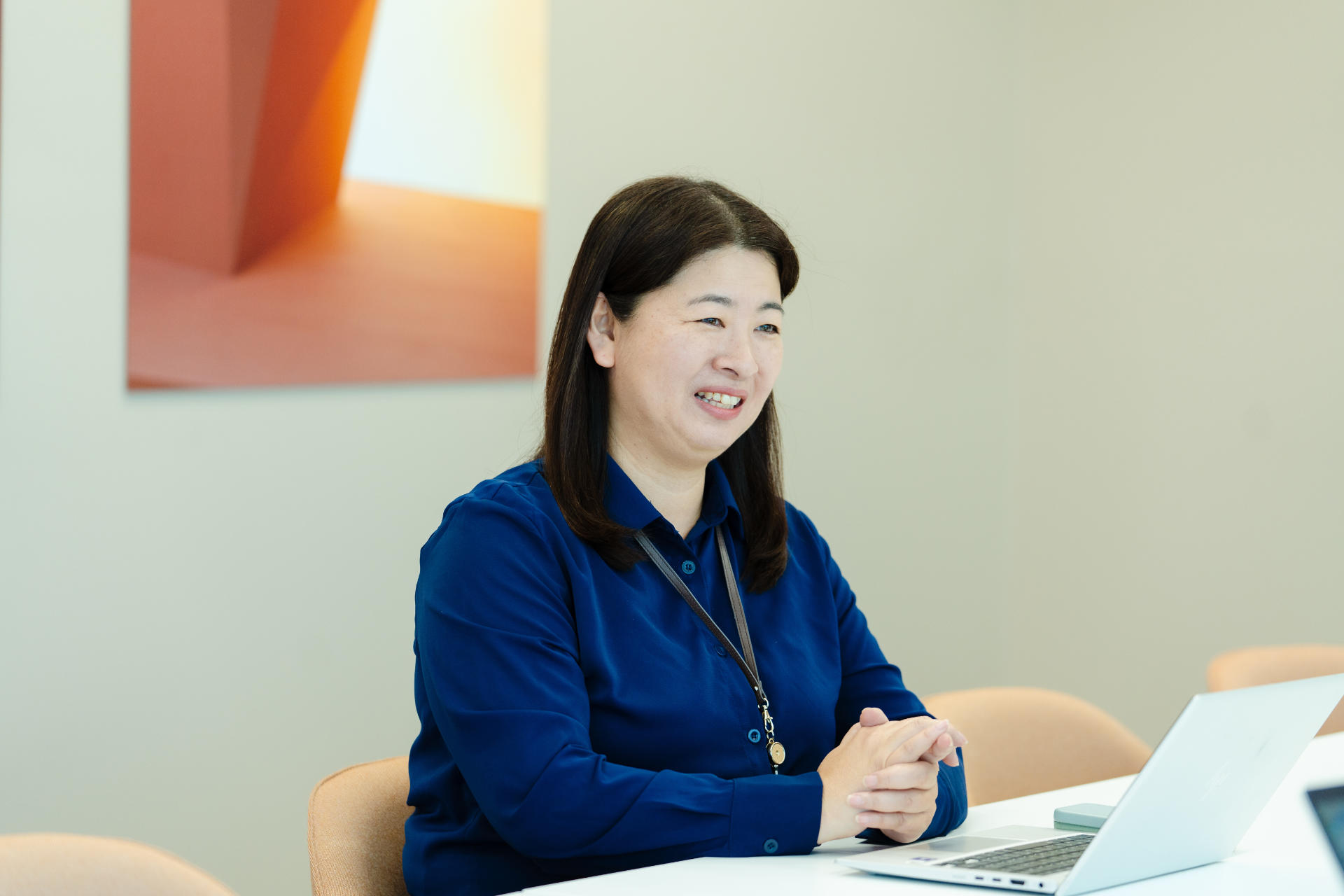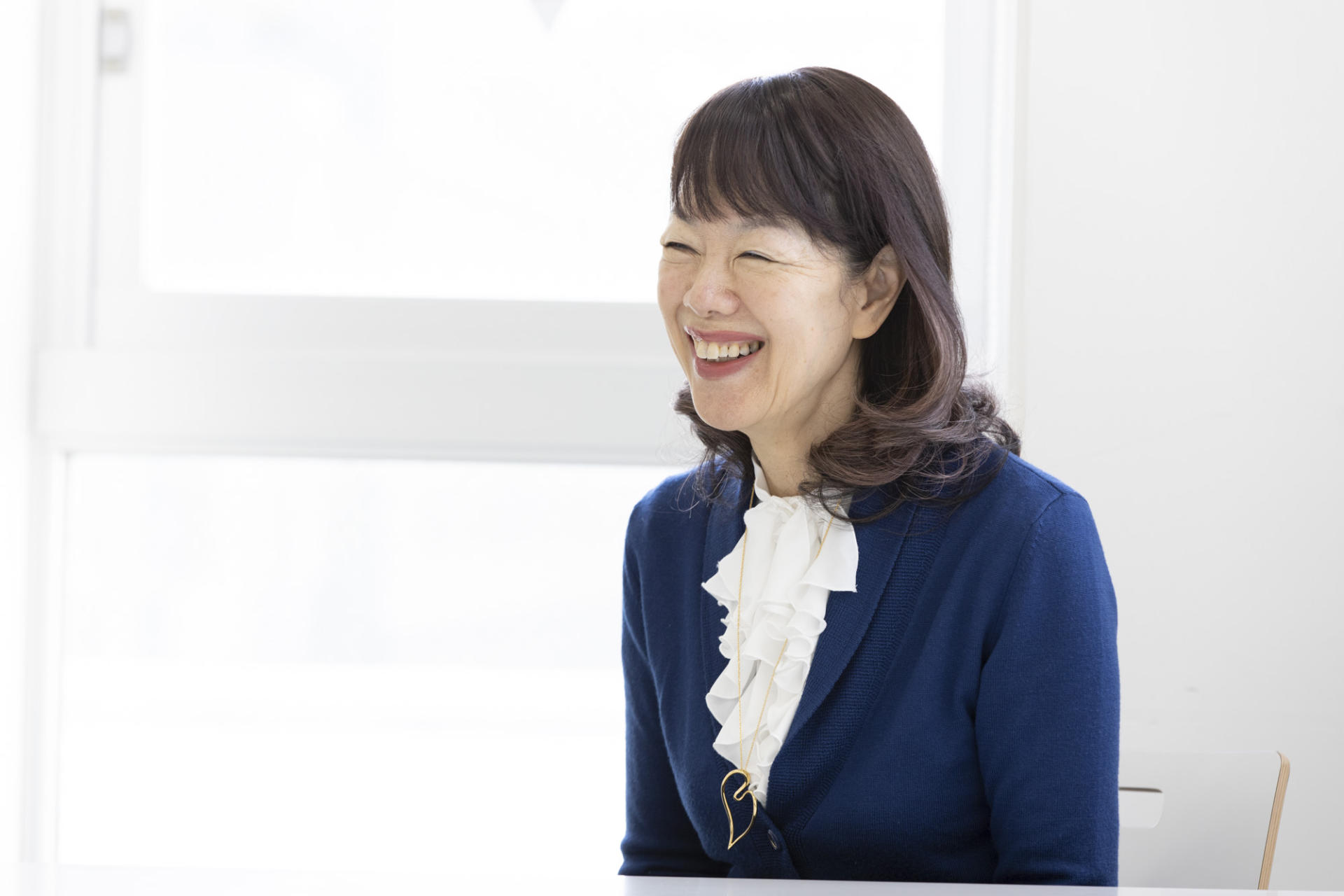CASE 42
SYOEI inc.
(June 1, 2023 – September 3, 2024)
A PR framework helped us to create joy for our customers and society.
"Our priority is to make our customers happy. We want to return the gratitude and money we receive to the community, creating joy within everyday life." That's the thinking behind "Kurashi & Sumai Syoei," a neighborhood real estate and construction company based near Myorenji Station in Yokohama, Kanagawa Prefecture. They don't just design and let houses; their unconventional activities include running public events at an old house, and promoting the Myorenji area. But they lacked a system for conveying the value of these activities, so they asked Hitoshizuku to help spread their ideas to a wider audience. Through that collaboration, they created a personalized PR framework based on their philosophy and working methods, and systemized their information distribution. As their work continued, they decided to rebrand in advance of their 65th anniversary. The project was joined by "tegusu," a design studio with a close relationship to Hitoshizuku. The company was able to reassess its mission, vision and values, change its logo, and launch new local media. We asked why they contacted Hitoshizuku, and for their thoughts on the collaboration.
We’re a real estate agency that wants to return our profits to the community, and we felt you were a PR partner that understood us.
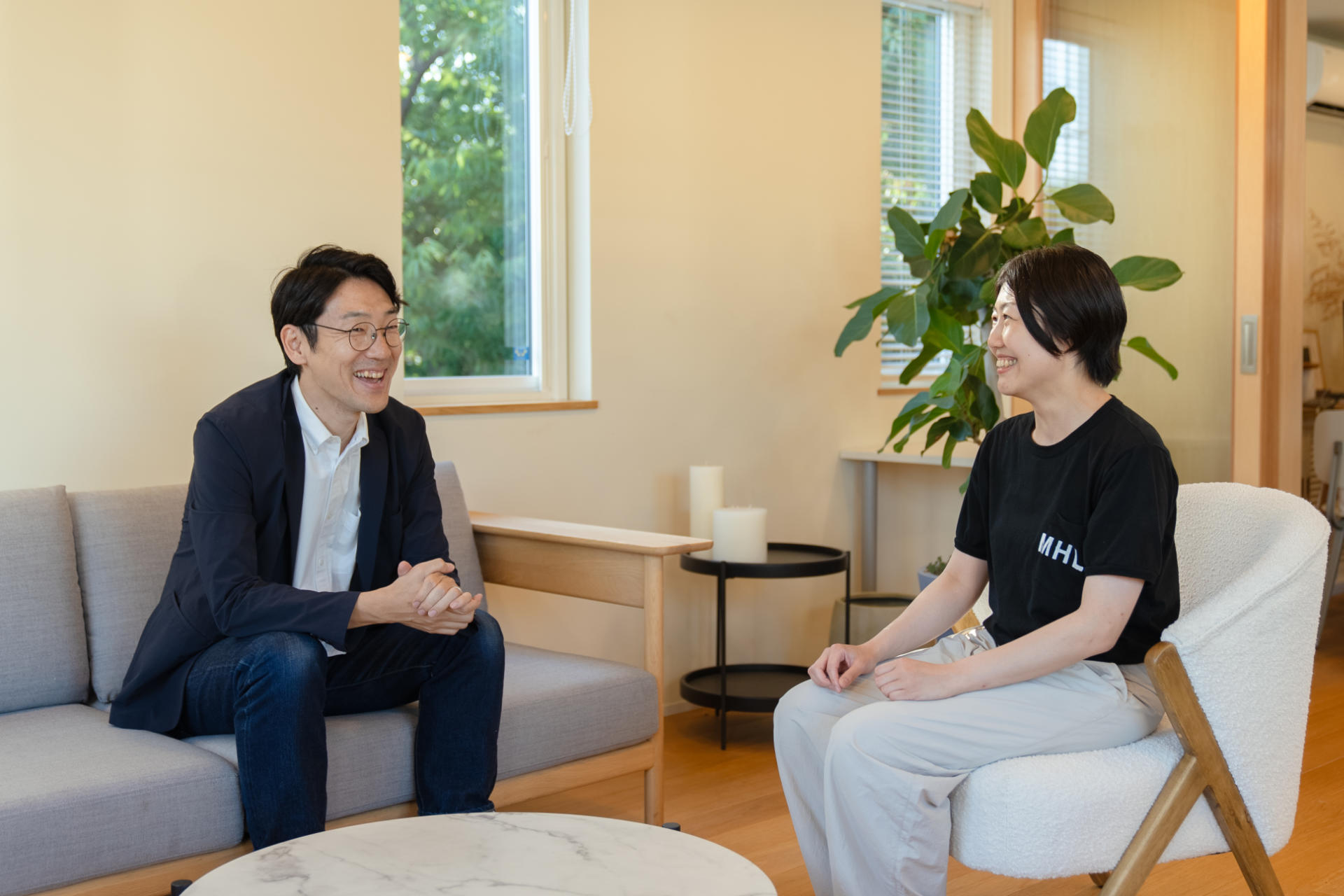
Yuki Takeuchi, Hitoshizuku (Takeuchi):
When we first met, I was very surprised to discover that “Kurashi & Sumai Syoei” didn’t just design, build and let houses. You host events at old houses, and run media promoting the Myorenji area. The breadth of your activities is astonishing. There’s a large temple near the Myorenji Station, and a nostalgic shopping street where new shops seem to be slowly popping up. It’s an old area, but things are changing all the time. Whenever I visit I feel calm, but there’s a fun and exciting atmosphere there too.
Yosuke Sakai, CEO, SYOEI inc. (Sakai):
2025 marks the 65th anniversary of Kurashi & Sumai Syoei’s founding. The company was passed down from my grandfather, making me the third-generation owner. As always, our priority is to make our customers happy. We try to create joy. Rather than aggressively selling houses and services, we help our customers, and make suggestions, so they can come to a decision they won’t regret. In return, we receive the money and gratitude we need to sustain our company. And in return for that, we give back to the Myorenji area, making people happier. We run events and local media with that in mind.
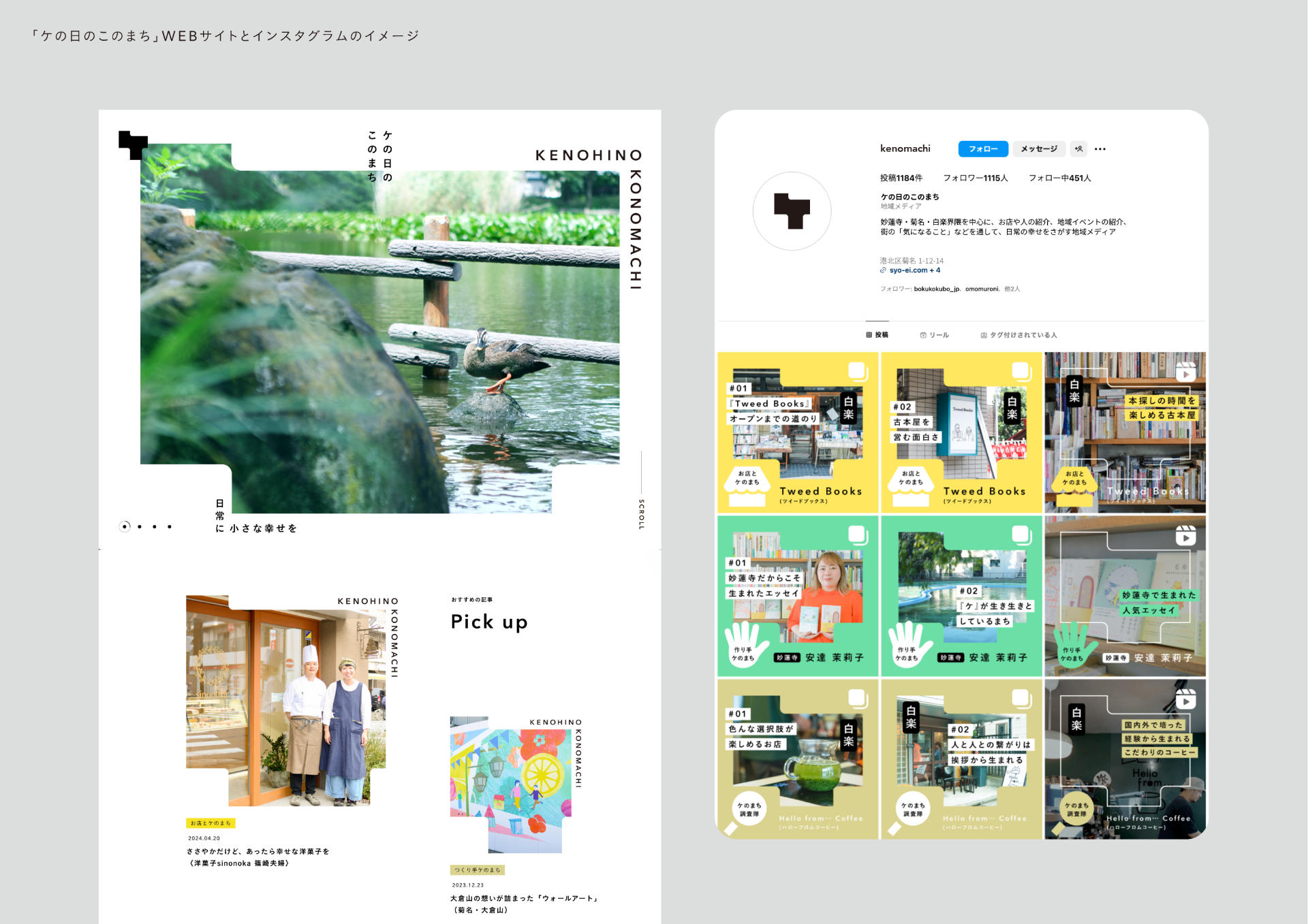
This website, run by Sakai and his team, shares the stories of local shops and makers, and communicates the latest news from the Myorenji area.
Takeuchi:
That’s a wonderful way of thinking. What problems were you facing when you decided to ask Hitoshizuku for PR support?
Sakai:
At the time, we didn’t have dedicated PR staff. The work was done by myself and one of our designers, alongside all our other tasks. But we didn’t have any experience, so we didn’t know what we were doing. We announced events on social media, and sent out company communications whenever it occurred to us. It was a haphazard approach. So we wanted to learn about PR philosophies, skills and practical actions, and create a personalized framework for us to follow.
Takeuchi:
So despite your busy schedules, you and the designer had to handle all of the PR work. Many PR agencies are available; why did you decide to contact us?
Sakai:
We were introduced by a Myorenji bookstore owner, who knows your CEO, Kokubo. Your mission resonated with me: to support activities aiming to change the world for the better. I don’t want to simply make money; I want company profits to benefit society. And I felt you’d understand that.
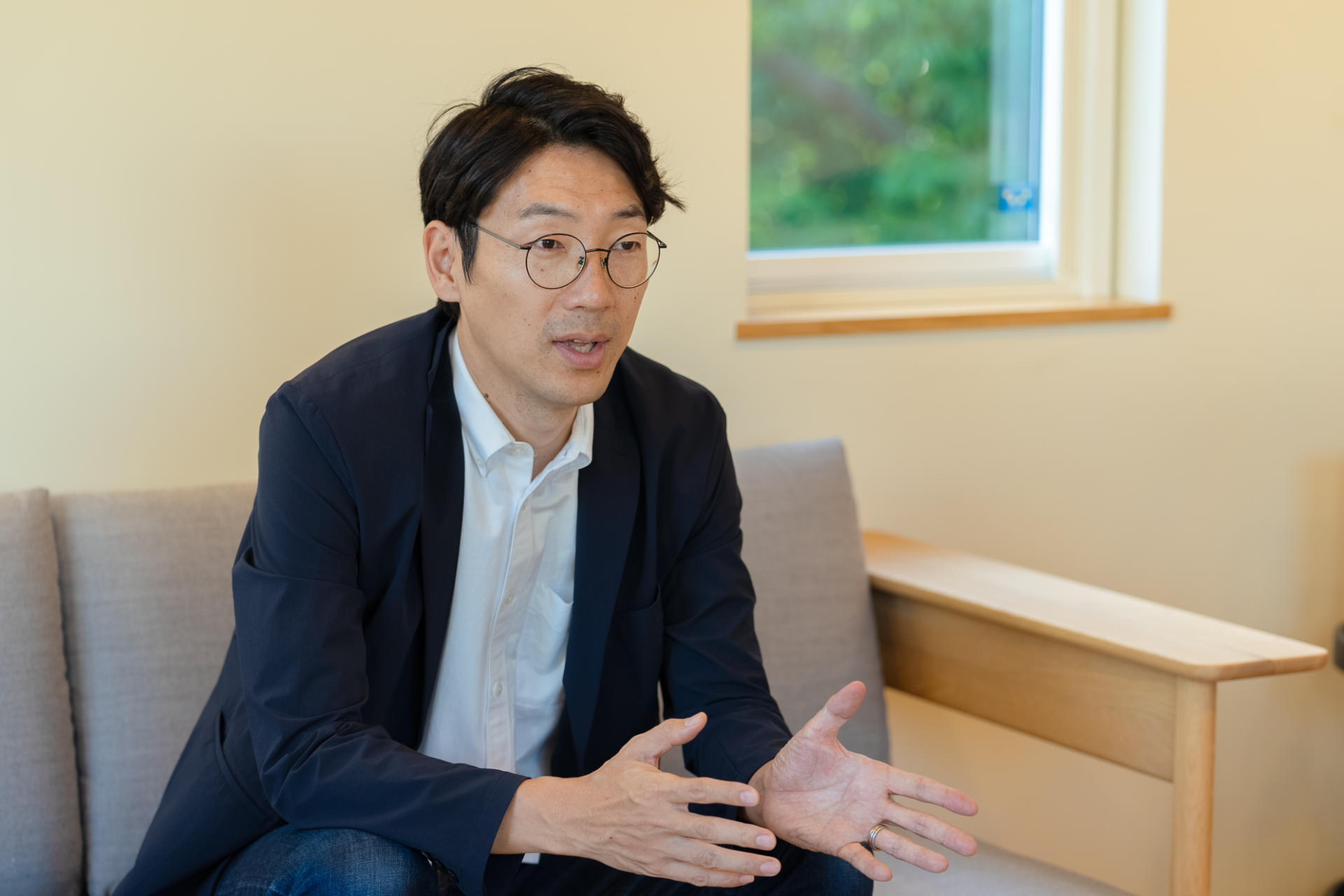
Our PR activities were haphazard. But we were able to create a framework for scheduling it all.
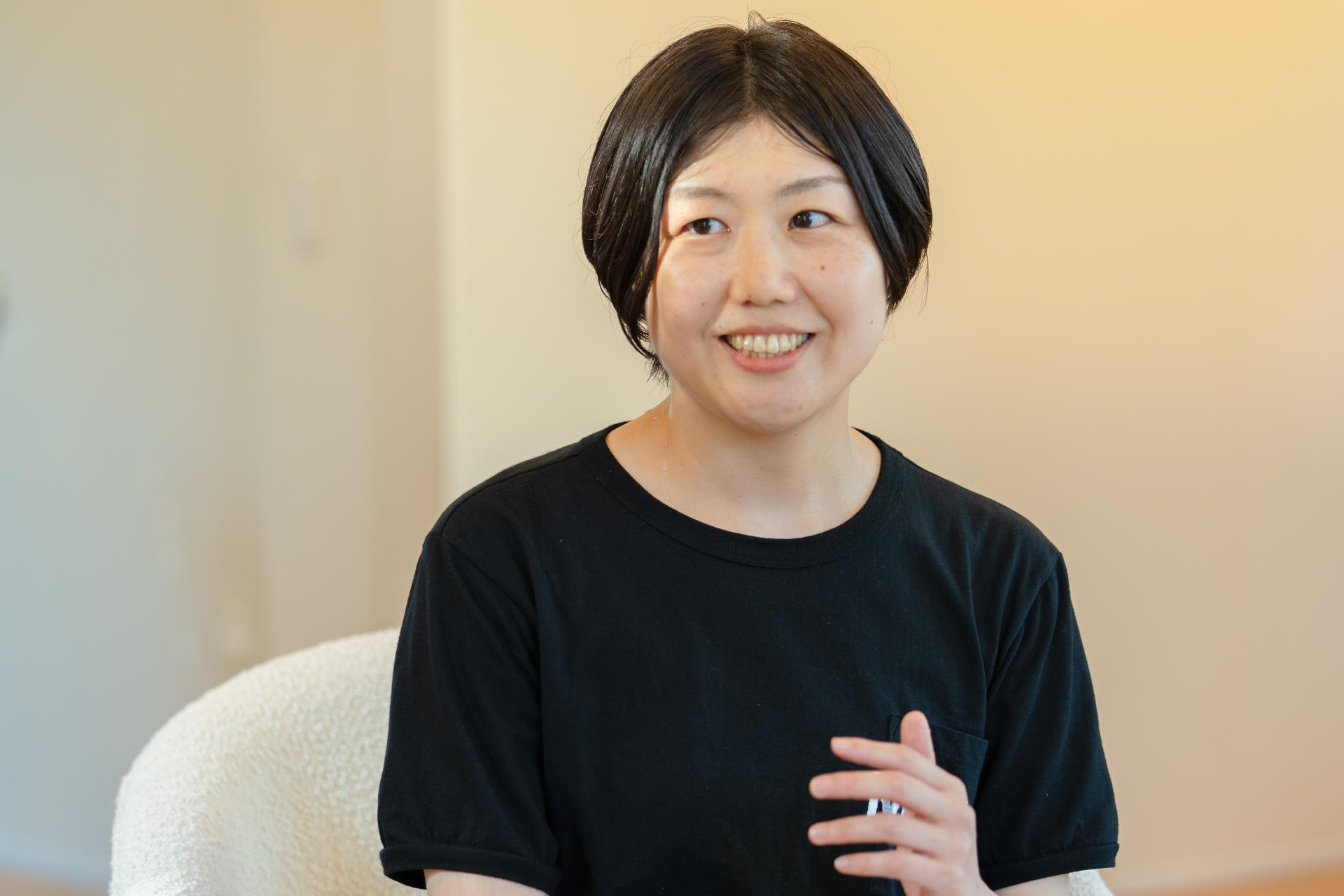
Takeuchi:
First, we explained what PR is, and what it can do. Then we thought about what would best suit Syoei. You had focused on owned media, that you produced yourself. So we talked about the usages and effects of earned media, such as news and social media, and paid media, such as advertising. We explained practical aspects, such as how to write a press release, how to create a list of recipients, and how to submit to a press club. We basically told you everything we could, and I’m sure it was a lot to take in! But we tried our best to help you put things into practice in a satisfying way.
What was your impression of working with Hitoshizuku?
Sakai:
It was educational. We learned a lot. And best of all, you made a PR calendar, which you reviewed with us in twice-monthly meetings. It was a schedule on what forms of media to share, based on our company’s annual schedule, and on seasonal events. Our PR activities used to be totally ad hoc, but now they’re planned out.
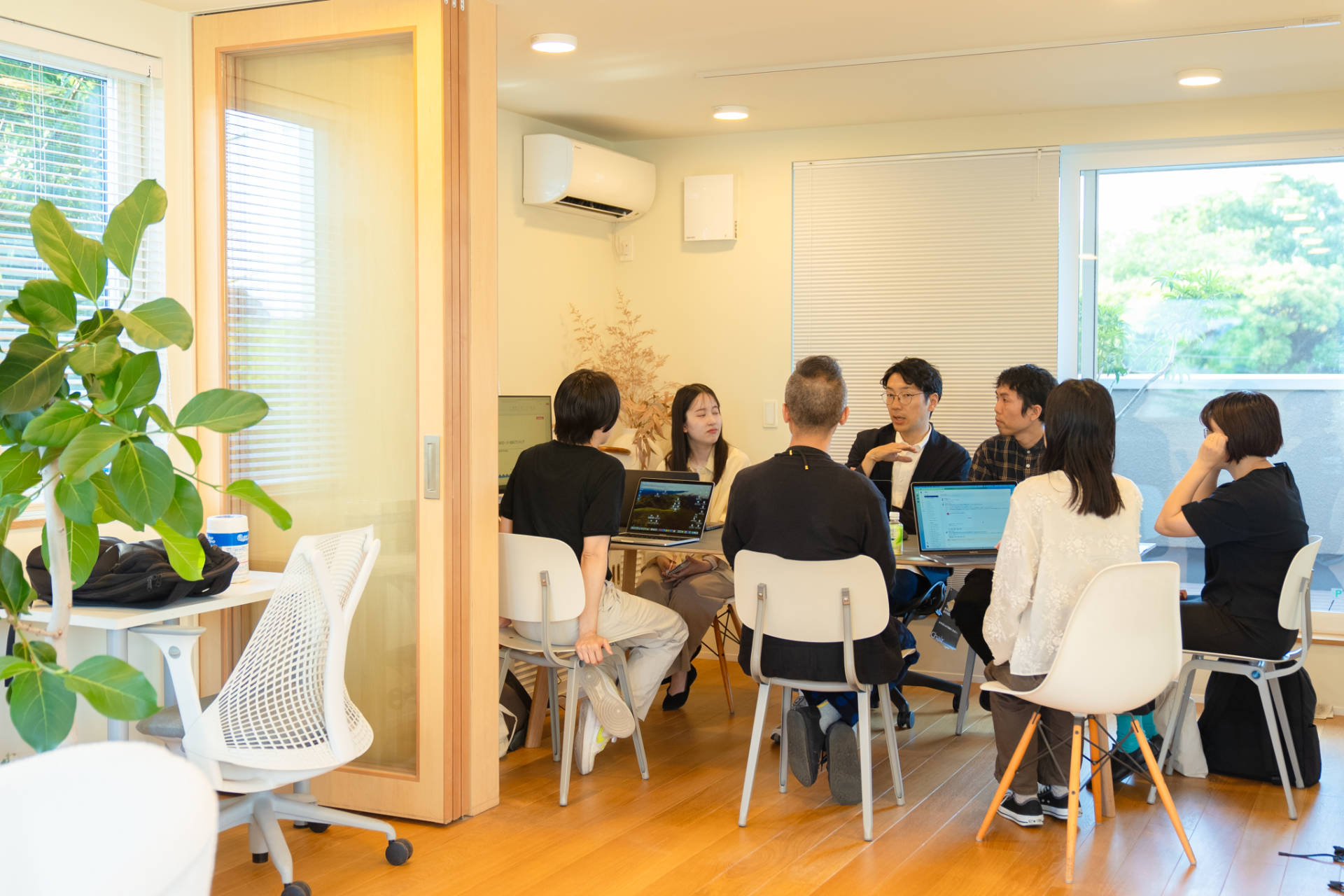
Takeuchi:
As we were building the calendar, I learned about all of your wonderful activities. For example, the annual workshops that teach children about architecture, in a fun and understandable way. You hadn’t been actively promoting them, so we recommended doing so in advance. We created a list, sent out invites, and got media outlets to come along.
Sakai:
The idea that a small company like ours would write a press release or invite the media hadn’t even occurred to us. But you told us that it’s important to build things up gradually. For the children’s architecture workshops, and for the opening of our coworking space, SOIL, we contacted the media, and got them to come along.
Takeuchi:
We also told you how to record follower numbers, page views, and other data. Before we knew it, you were creating a list of media outlets to approach, proposing subject matter, and scheduling YouTube content in a spreadsheet. You were proactively planning everything, putting everything we taught you into practice, despite how busy you were. I was very happy to see it happen.
The company rebranded, renewing its mission, vision and values as part of a big step forward.
Takeuchi:
Did any aspect of Hitoshizuku’s support leave a big impression?
Sakai:
Previously, our PR activities were totally haphazard. I’m very glad we were able to create a framework for scheduling it all.
We’d mostly been sharing media we created ourselves. But after you taught us to write press releases and invite media outlets, we ended up being featured on NHK’s Asaichi, the nationally popular morning talk show. That generated a lot of feedback. People on the street would call out to us, saying they saw the report. Until then, we hadn’t paid attention to anything other than owned media. We learned about all the other ways of communicating information.
Takeuchi:
Taking on that kind of challenge, with no prior experience, is very difficult. But your decision had a major effect! There are many companies doing great things, but they’re too humble. They think, “we’re too small,” and they don’t publicize what they’re doing. I’m glad that a passionate company like Syoei was able to tell the community about all of your fantastic projects.
On September 26, 2024, you announced your rebranding, with a new logo, and a new statement about your mission, vision and values. What was the thinking behind your rebrand?
Sakai:
We’ve been putting a lot of work into the community, by inviting food trucks, turning an old house into a venue and gathering place, and running a media campaign introducing the Myorenji area. Little by little, excitement has been building, and we’ve seen real results, such as an increase in people moving here. I hope to see similar initiatives take place across the country. And so, to mark our 65th anniversary, we decided to renew our mission, vision and values, and rebrand the company.
Takeuchi:
You said you wanted to focus on CI (corporate identity) and local media design, so we introduced you to Fujita’s design studio tegusu, the joint representative of “chart project,” established by Hitoshizuku.
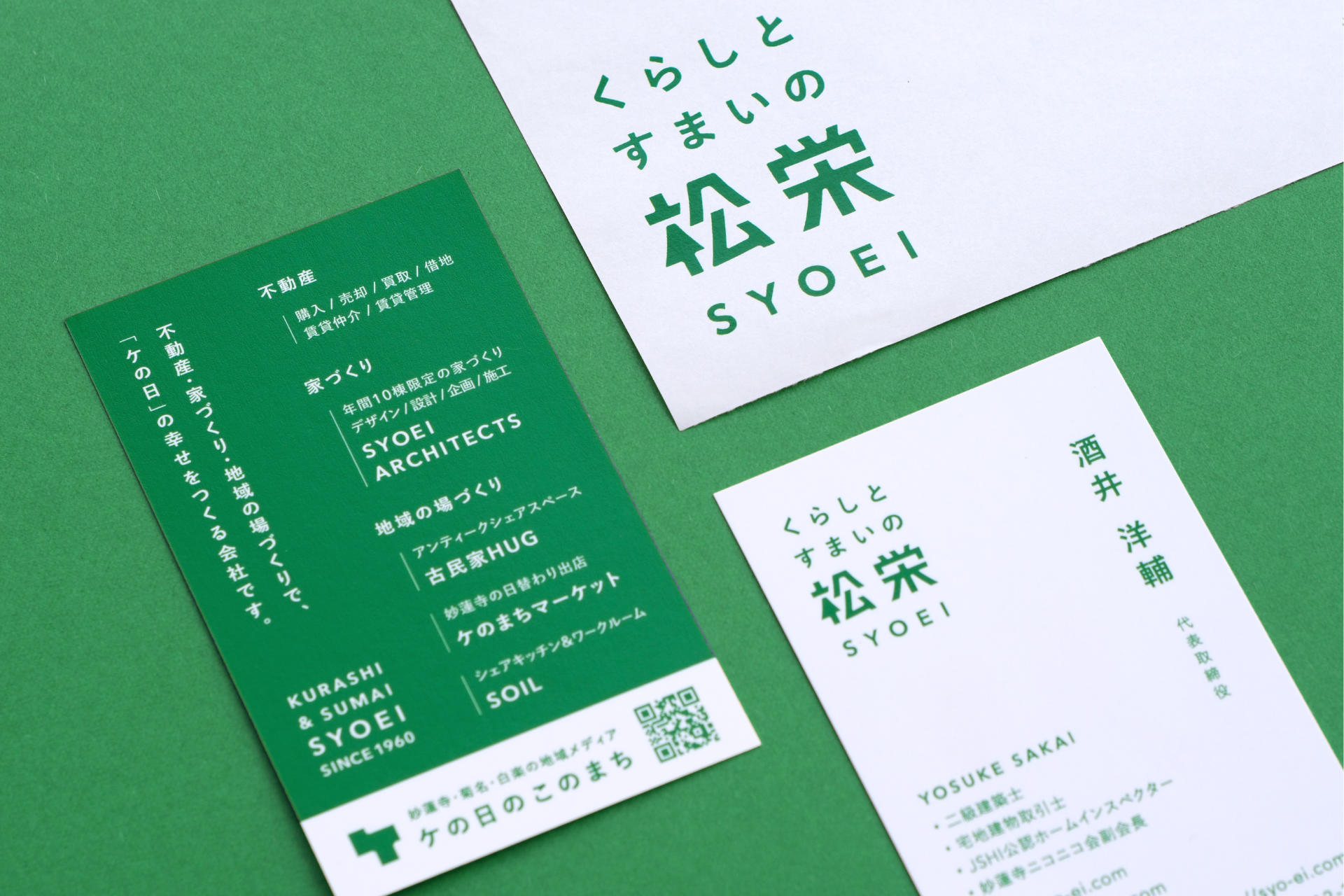
The Myorenji-based design studio tegusu took charge of designing a new logo, and renewing the company’s mission, vision and values.
Sakai:
The Myorenji area isn’t a glamorous tourist destination; it’s a peaceful neighborhood, where people simply go about their daily lives. It’s a town of “ke,” the ordinary, rather than “hare,” the out-of-the-ordinary. People often focus on “hare,” but it’s “ke” that colors most of our lives. We thought that enriching those quiet, ordinary days would make people happier. So at Syoei, we made it our mission to create happiness on “ke” days. Tegusu and Hitoshizuku joined us for that process, and helped us to organize our thoughts. We were delighted to have teammates that shared our perspective. We wouldn’t have made it this far on our own.
Takeuchi:
We held a rebranding ceremony for the community, and it was almost totally full! That’s because we managed to communicate our regular activities. There was a friendly atmosphere, with plenty of laughter. People shared their thoughts: some said they want to move to Myorenji. Others said they’re long-term residents that are happy to see the town doing well.
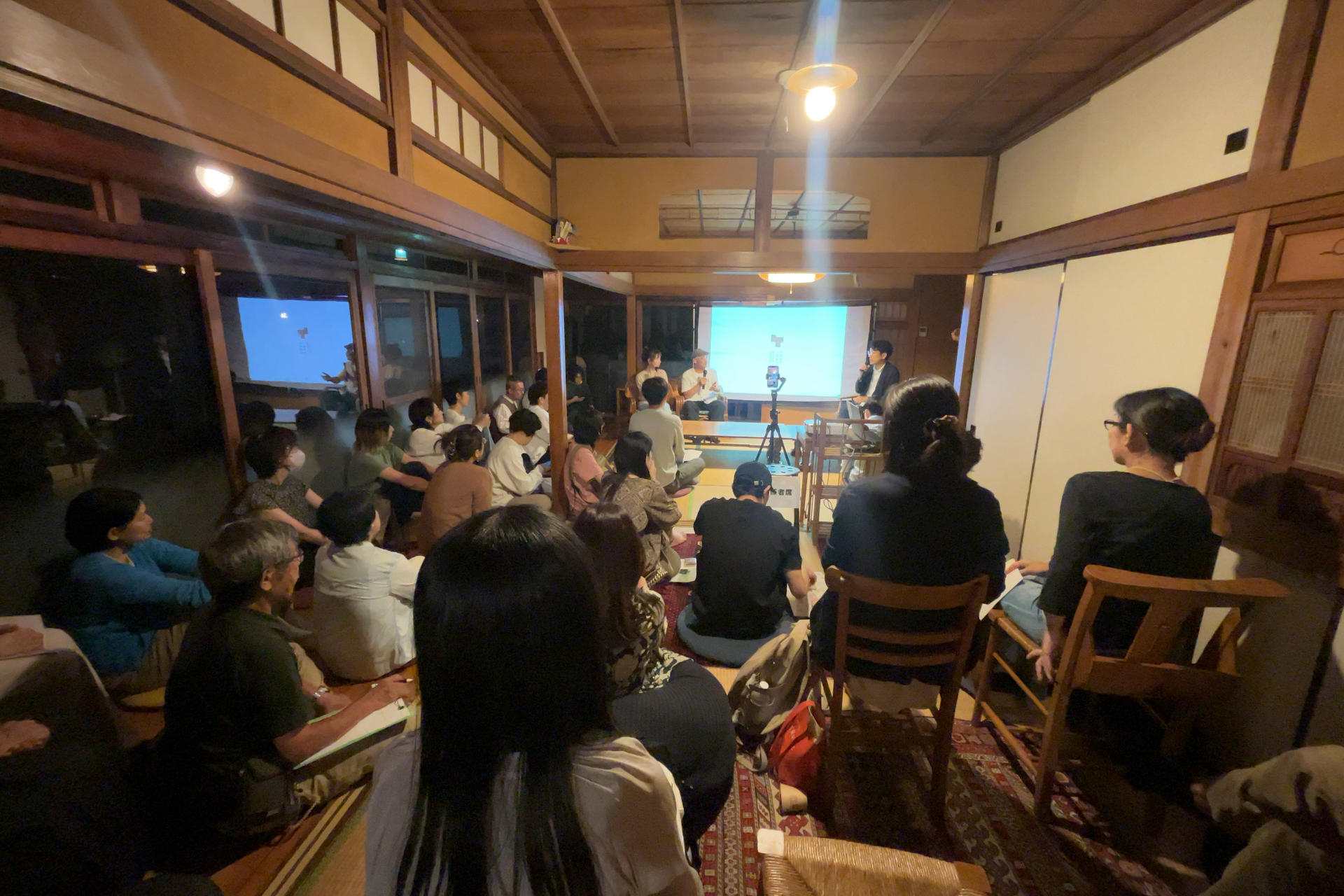
We’d like to build new relationships, and promote circular urban development.
Takeuchi:
When you rebranded, besides changing your logo, you launched the “Town of Ke Days” website, and the “Town of Ke Newspaper.” What reactions did you get, from inside and outside of the company?
Sakai:
I really like the logo that was designed for us. It’s very sophisticated, and our customers gave us more compliments than ever before. The rebranding generated a new level of recognition; shops and businesses we’d never contacted before asked if they could stock the Town of Ke Newspaper. I think there’s still more to do, with regard to the rebranding. So I intend to be even more proactive with our PR.
Takeuchi:
So far, you’ve conducted a very broad range of activities. Is there anything you’d like to work on in the future?
Sakai:
This relates to the thinking behind our rebranding. We’d like to see a national increase in businesses with a circular focus, like ours. Such mechanisms are inspired by time-honored agricultural systems. Crops are planted, raised and harvested, then some are returned to the soil. It’s a loop that has continued for millennia, and it has a lot to tell us about sustainability.
Because our town is thriving, our company finds work. By returning our profits to the community, we hope to bring happiness and prosperity to the town and its people.
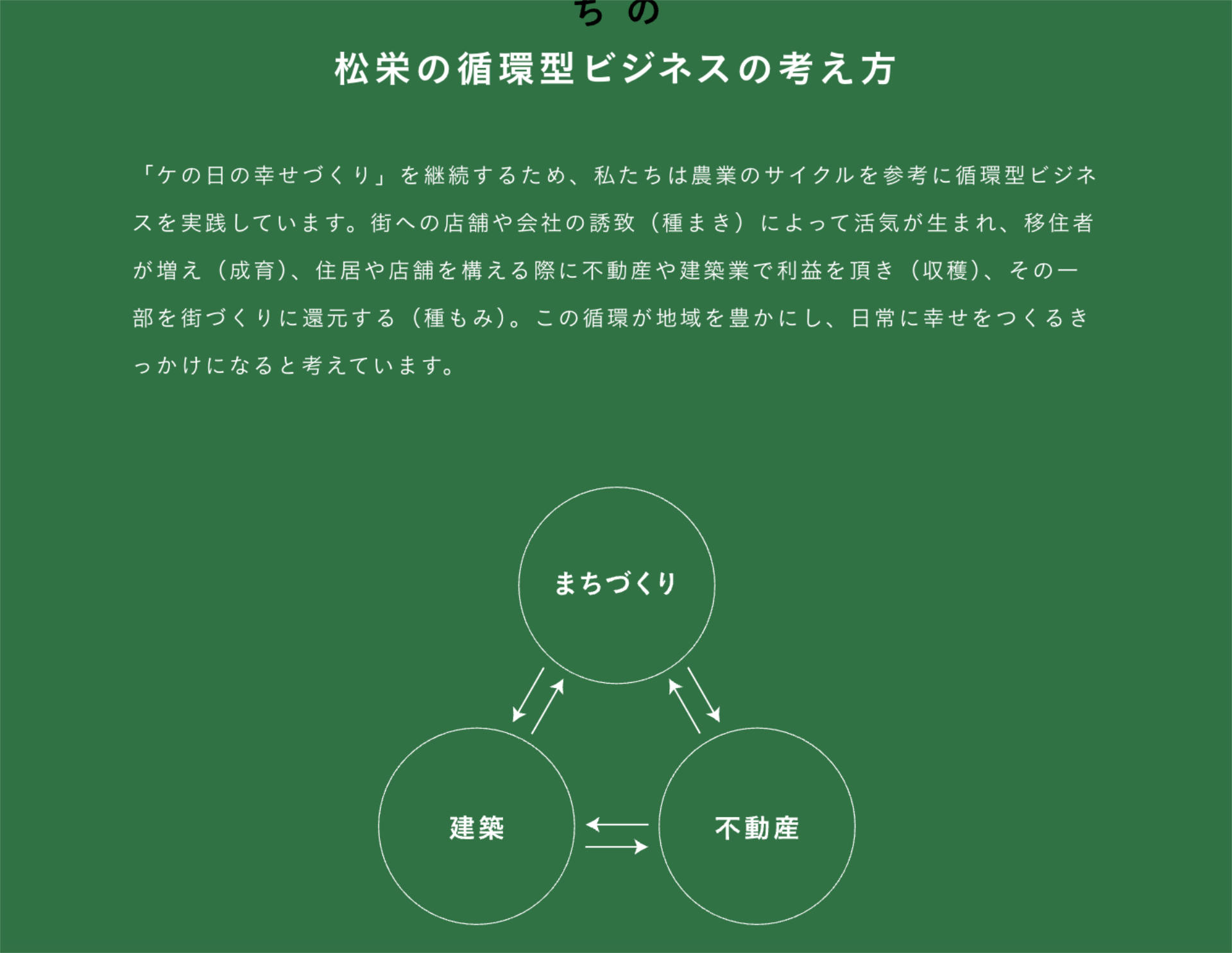
At the root of work is a genuine desire to be useful to someone, and to the world. We want to cherish that feeling, and continue bringing joy to the world through business systems. At the same time, we want to build more relationships in our town, and deepen those connections so everyone can support each other while maintaining independence.
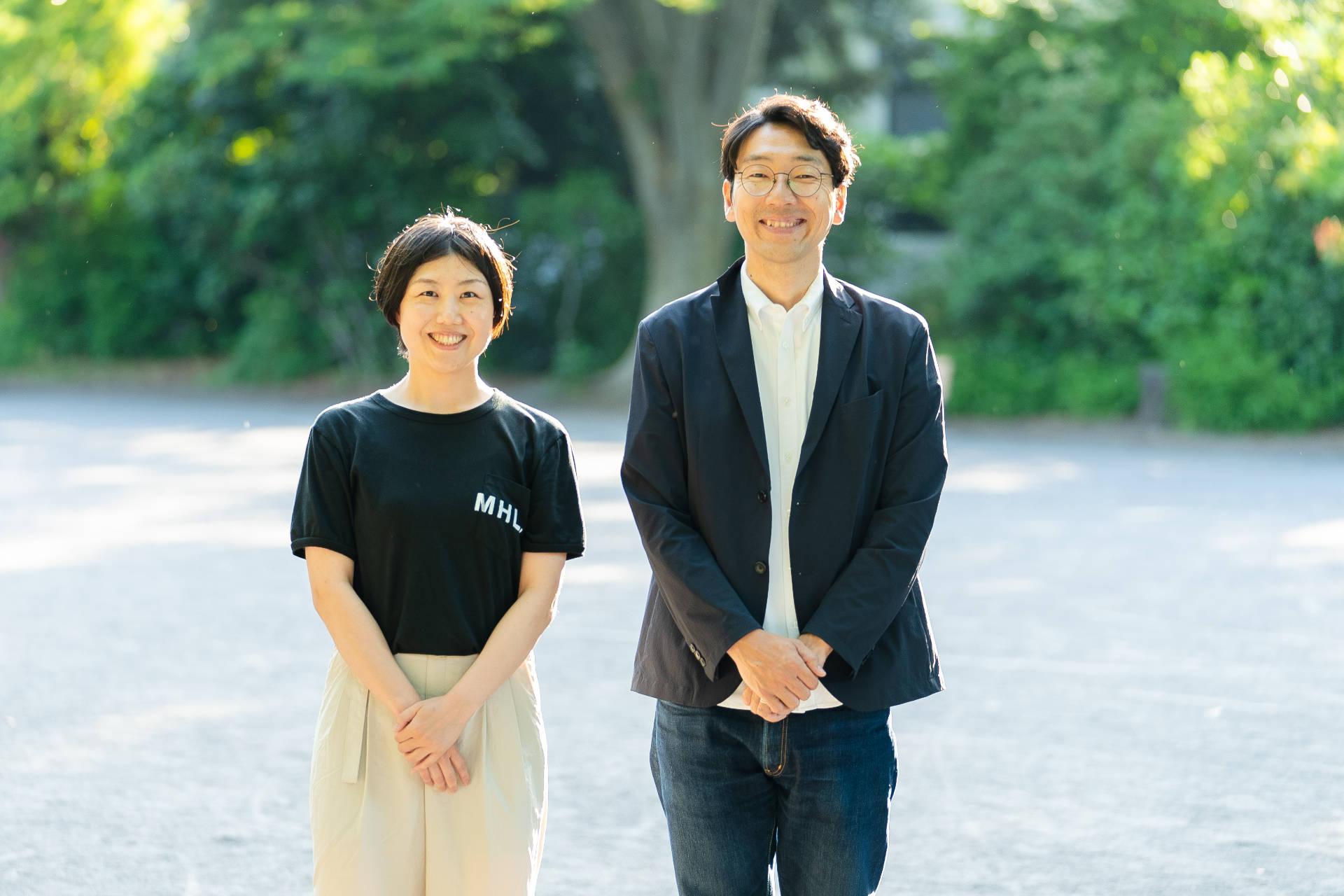
Photography: Hiroyuki Horigome
Editing: Mayuki Tsujihara
Translation Editing: Satomi Furukawa
RECENT WORKS
| Name | Hitoshizuku Inc. |
| Address | 33 Nihonodori Naka-ku Yokohama Kanagawa 231-0021 JAPAN |
| Branch | Hamacho Odawara Kanagawa 250-0004 JAPAN |
| Phone | 81 045 900 8611 |
| info@hitoshizuku.co.jp |
| President | Hiroshi Kokubo |
| Established | March 2016 |
| Capital | 3,000,000yen |
| Business | Advertising & Public Relations Agency Planning & Produciton of Social Good Projects |
| Lawyer | Junna Tei / Yokohama First Law Office |
| Tax Advisor | Satoru Motokoide / Uniques Money Advisory |
| Labor and Social Security Attorney Office Work Innovation | |




